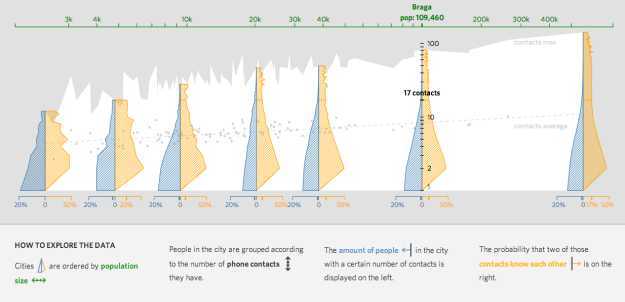 Data Visualization in Society, an open access book, is a collection of works that looks closer at the role data visualization plays beyond the technical aspects of the discipline:
Data Visualization in Society, an open access book, is a collection of works that looks closer at the role data visualization plays beyond the technical aspects of the discipline:
The expansion of data visualization in society therefore requires a new kind of literacy if it is to enable citizens to act in informed and critical ways. It also requires the assessment of data visualization’s role in democracy, and the reassessment of democratic theory in light of developments in data visualization. This means asking a range of questions about the relationship between data visualization and democracy. It also means considering the factors in visualization consumption and production processes that affect engagement, which might include factors which extend beyond textual and technical matters, such as class, gender, race, age, location, political outlook, and education of audience members. Some of the contributions in this collection address these issues.
My reading list just got longer.
The Datavis Book Club run by Datawrapper is reading and discussing the first four chapters, in case you want get in on the fun.


